Buying a camera is a system. This sentence is the biggest experience of playing equipment for the past few years, and it is also the reason for temporarily setting foot in the Fuji X system. After starting the X-T2, the Nikon machine has been eating ash for a long time. During this time, it has seen many evaluations. Among the editors, the highest rating of the X-T2 is that after so many years, there is finally another one who wants to go out. Photographing machine.
Fujifilm is still a niche now, but with the X-T20 coming on the market, the xe series will be updated next time. I believe there will be more people coming to Fujikatsu. Aunt Zhang’s posting about Fujifilm is not too much. A few days ago he saw a valued friend who expressed his opinion. Today, he also wrote about himself. Most of the shots may have different viewpoints, and they also refer to the relatively well-known foreign counterparts. Fuji equipment evaluation, just hope that after everyone has seen so much, there can be more clear ideas.
References: Which X Series Should I Buy 3rd Edition by the fuji guys australia, Theoria Apophasis youTube channel, Zack Arias personal blog
Credit:Which X Series Should I Buy 3rd Edition by the fuji guys australia
Fujifilm naming conventionMany people saw the naming of the lens, and they fainted, and they did not know what it meant. Let's take a look at Fuji's current X-system lens product line:
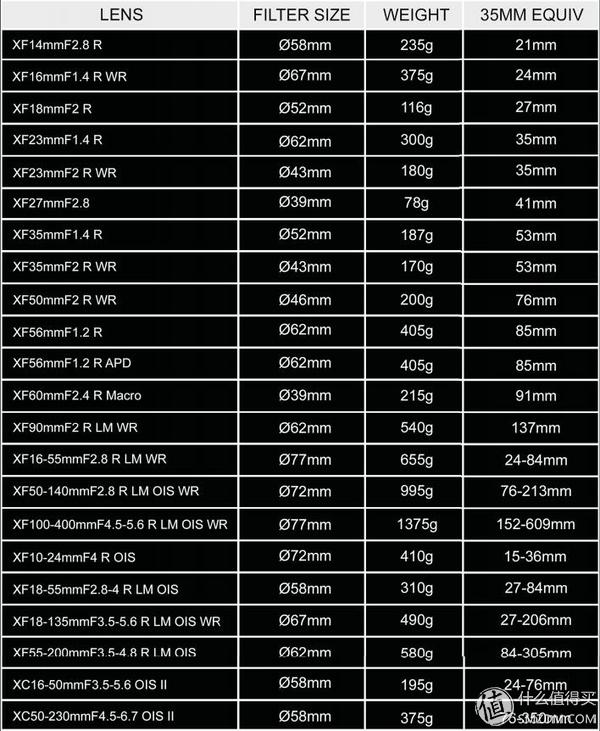
Unlike other half-width systems, since Fujifilm does not have full width, the X system only serves the body of the same system, so Fuji lenses are purchased without worrying about the equivalent focal length. There are corresponding focal lengths in the whole range, and there is also a correspondence between Fujimaki and Fujie. Of course, there is still a lack of ultra- telephoto large aperture series, but even if it is out, I believe there will not be a big market.
Fujitsu's lens name is very clear:R - The lens has an aperture ring. In the Fuji operation experience, the aperture ring is very important. Out of the portable cookie series and most of the dog's two sets of heads, other lenses have aperture ring.
LM - The lens is a linear motor-driven lens. Unlike the USM, Fujitsu's fastest lens uses a linear motor drive, which has up to four linear motors depending on the lens. The linear motor focuses quickly and quietly. Of course, the side effect is that the lens feels something to shake when it is not powered. Because there is no electricity without magnetic, the focus module inside can move.
WR - This lens is weatherproof. Simply put, there is a certain waterproof performance. In other words, splashing is not hand-guarding.
OIS - This lens has anti-shake. The Fujishaw lens's image stabilization is quite good. Most lenses can provide 3-4 files of anti-shake performance, which is quite practical.
Fuji lens selection Two sets of Fuji. Plastic head plastic butt, no ring, variable aperture, aperture is not too large, basically the same as other dog specifications. The picture quality is worth the price, but it is still not recommended to buy unless the silver in your pocket is enough to buy the two, and you do not plan to upgrade later. But since you don't upgrade your dog's head, why don't you buy the RX100?
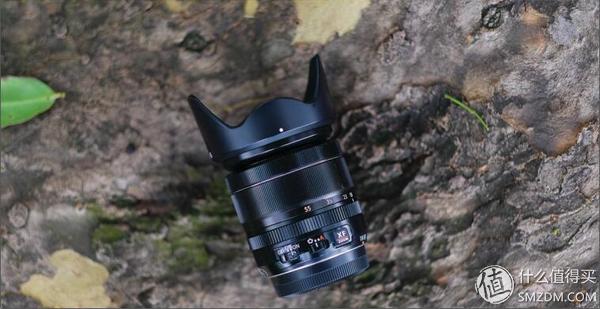
Fuji's real hedge. The kit lens we really recommend everyone to buy, although the price is more than twice as much as 16-50. R stands for its aperture ring, LM stands for its linear motor (the official website does not say quantity, it should be a single linear motor), OIS stands for its anti-shake. The barrel and buttock are metal, and the aperture ring and endoscope barrel are plastic. It can be said that it is the starter lens which can represent the Fuji X system lens design ideas.
Picture Quality: Even if you keep a constant F4 throughout, the aperture is not too small (in the C-frame system). The 55-side F4 can bring about a certain degree of blunder. Usually a half-length portrait can be dealt with.
Focus: Single linear motor, X-T2 focus firmly on the fast, the early fuselage also has an acceptable focus speed. Most of the time it was quiet and occasionally the aperture switching sound.
Purchase advice: Must buy Fuji shot into the pit of the poison, a metal body, a ring aperture, a linear motor, there is anti-shake, there is a file than the other family's aperture, there is most of the factors of Fujitsu poisoning. In addition to the large aperture portrait party, it is recommended to purchase this mirror kit, the kit with a discount, easy to use, is a good choice.
XF18-135mm F3.5-5.6 R OIS WRFuji's Tianya head, and other homes familiar with the first set of focal lengths, sold to 4000 + price. It's easy to get started, feel good, and weatherproof.
Quality: All aspects are a little worse than 18-55, especially when the picture quality at the corner is slightly weaker than 18-55. Horizontal contrast in the large zoom, good quality.
Focus: Without a linear motor, the focusing speed is not as good as 18-55, but it does not hesitate. Focus is quiet.
Purchase suggestions: Recommended daily record and travel party, if you do not like to change lenses, you can choose this mirror with a large aperture focus (such as XF35mmF2), I believe the experience will not lose the full-scale large zoom lens.
XF55-200mm F3.5-4.8R LM OIS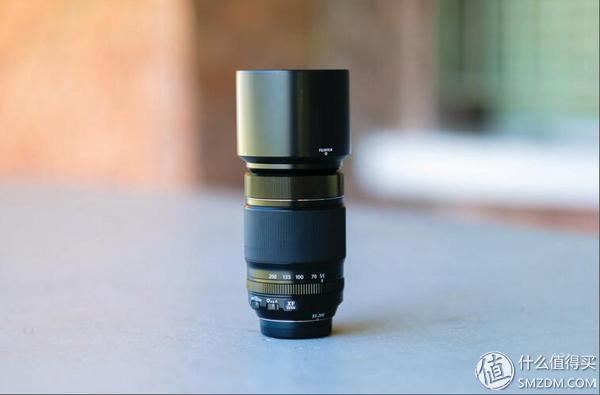
Complementary telephoto lens with 18-55, workmanship is familiar with Fuji, the price is also familiar with Fuji. If you are satisfied with the quality of the 18-55 lens, I do not believe that 55-200 is worth its price.
Image quality: The quality level is basically the same as that of 18-55, the sharpness of the wide-angle end is very high, and the telephoto end is slightly weak, but the drop is not obvious. The edge is of good quality and is not very different from the center. The biggest drawback of the picture quality comes from the fact that the two lines are obviously out of focus, and the background of the spot and the grove may be very explosive outside the focus. Instead of patting flowers at close range, the out-of-focus performance is not bad.
Focus: Linear motor, focusing speed is similar to 18-55, firmly on the latest body. Can feel the focus is slower than the XF50-140mm, but for its price, with the X-T2, focusing performance is good.
Purchase suggestions: Recommended Fuji telephoto lens with the highest price/performance ratio.
XF10-24mm F4 R OIS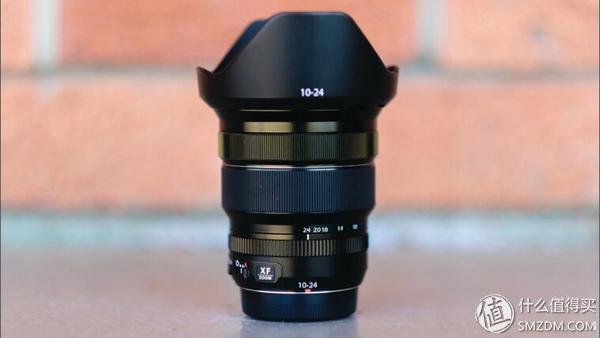
Fuji ultra-wide zoom ternary level, because Fujitsu is not currently ultra-wide zoom, high-end XF8-16mm F2.8 to be out next year, so it is currently Fujitsu's only optional super-variable. Aperture ring, like 18-55 is continuously adjustable (plastic), optical anti-shake measured can bring 2-3 file effect, obviously stronger than the Tenglong 15-30, real shot when the wide-angle end 1/2s are There is a certain success rate. And the lens is only 410g, very suitable for travel use. Overall, the workmanship is slightly better than 18-55. Of course, 18-55 work is already considered acceptable. The lens looks like an internal zoom. Actually it is an external change. The front of the lens group moves in a small range before and after the zoom, but after the UV mirror is applied, the mirror group is equivalent to moving within the UV, which can effectively prevent the ash from entering (Fuji's lens There may be a use of grey to prevent ash.
Picture Quality: Although I said earlier that this camera is a mirror with a small ternary level, Fujifilm has no lower-end variability, but the picture quality of 10-24 is still well received. The 10-17 focal length (equivalent 15-25mm) image quality is very good, the full open center image quality is very good, the corner is also a good level, the first gear is the best overall aperture, the center of the image quality and edge quality are well. Diffraction above F8 is gradually evident. The 24mm (equivalent 35mm) edge angle image quality is not very good, and the center image quality is not bad. Dispersion distortion is well controlled and has little effect on picture quality. Overall, the wide-angle end quality is good, slightly worse telephoto end, similar to the Sony 16-35mmF4.
Focus: DC motor drive, focusing speed on the previous X-T2 machine is normal, no trouble but not too fast. For shot scenery, the autofocus speed is sufficient, but the manual focus is slightly less infinity because it is not mechanically connected (the outer focus ring is driven by the motor to drive the inner mirror focus) and the manual focus ring does not have a rigid infinity card stop. It's a little tricky and you need to look at the on-screen focus distance indicator.
Buying advice: Recommended The only choice for Fuji Lighting, take a look at the city's architecture and scenery, and recommend it for special topics in the humanities.
XF16-55mm F2.8R LM WRFuji standard change, equivalent to 24-84mm, external zoom, all-weather lens body, aperture ring and aperture is marked, unlike 18-55mm variable iris lens and early 10-24mm fixed aperture zoom, feel Worthy of the red mark. Lens weight 655g, a little pressure hand, with the X-T2 need to handle the balance.
Quality: Many people say that the picture quality is not much different from 18-55. . . In fact, the full aperture of 16-55 has basically reached the best aperture level of 18-55. The overall 16-55 is superior to the edge quality in 18-55, the overall quality of the wide-angle end is better than 18-55, and more than 16 equivalent 24mm focal length, for the scenery is a good news.
Focus: Bi-linear motor, very fast, is also the biggest gap between 16-55 and 18-55. Prior to the X-T1, the focus speed of 16-55 did not widen with 18-55, but on the X-T2, the focus of the experience is very clear.
Buying advice: Buy on demand If you take a wedding or take a picture, this shot is a good choice. The biggest obstacle is price. If you want a picture with good quality and feel good, then this mirror is the only choice.
XF50-140mm F2.8R LM OIS WR

Fuji's long change, equivalent to 76-213mm, inner zoom, all-weather lens body, rubber zoom ring, metal focus ring, annotated aperture ring, 3 linear motors, anti-shake. In addition to the volume weight, the core of the other Fujitsu lens designs are on the mirror. The reference body for the lens design is X-T1 and X-T2. It is very harmonious on the two machines with handles. It is not very comfortable to use on the X-PRO series. Of course, the axis ovf of the X-PRO series is not For this type of telephoto design, the 50-140's best shooting activity is still handed over to the XT series. The tripod ring of the lens design is very good, can be used as a handle, it will not interfere with the zoom, and at the same time with the X-T2 body and handle the distance between the right, will not affect the hand grip, the overall design of the Fuji lens and the fuselage Ergonomics likes (you know about the camera division next door); the only drawback of the tripod ring design is that it takes up space when the camera bag is loaded and may need to be removed. Lens weight 995g, with the body and 5D4 with little white weight is almost the same.
No anti-camera misunderstanding 1: No anti-micro (micro single) small size, light weight, SLR silly big black rough
Non-reversible SLRs only reduce the number of mirrors, shorten the flange distance, so the body can do smaller, lighter weight, but the optical part of the lens in addition to the advantages of flange distance, can not effectively reduce volume. Therefore, the absence of anti-cameras has only increased the choice of light travel, and the selection of some aperture-like, lightweight lenses that are similar to the side-axis design can effectively reduce the burden.
Image quality: There is almost no dispersion. The wide-angle end and telephoto end are all close to excellent sharpness, and the 1/3-stop improvement is obvious, and the 1st-notch is close to the sharpness of the fixed-focus level. The image quality near 90mm is relatively poor, but below F4 also exceeds the excellent level. In actual use, there is no need to worry about what focal length it uses. Anti-shake is excellent, and in the evening, portraits can be used with a shutter speed of 1/30s or less. The biggest problem with image quality is that the focus is not a creamy one, and it is not as good as 90 in a complex context. Of course, for the use scene of the lens, the separation of shooting backgrounds is enough to use. When shooting half-length portraits and big-headed portraits, 140 mm is enough to bring a good Bokeh.
Focus: 3 linear motors, with X-T2 excellent focus, almost no presence of focus. Unlike the 90mmF2 violent focus, the 50-140 usual focus performance is more smooth, rarely occurs back and forth, usually directly and quickly lock the target. In terms of coke catching, in terms of my own shooting activity and bird experience, as long as the first one locks up the target, follow-up tracking is excellent.
Buying advice: Recommended Like to buy, if you can accept its weight, there is no disadvantage of the lens.
XF100-400F4.5-5.6R LM OIS WR
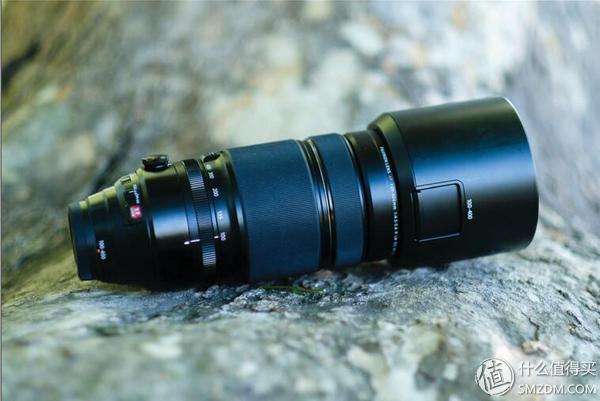
Fuji's ultra-long zoom is also the longest lens currently on the XF system.
Image quality: Enough to cope with the requirements of wild animals for a few hairs.
Focus: With X-T2, enough to meet the requirements of shooting wild animals for focusing.
Recommended: Not Recommended If shooting wildlife is your job, buy a D500. If you go to the zoo, 50-140 with an XF1.4X TC WR extender or XF2.0X TC WR extender will usually satisfy you, if you really have an idea for this shot, go for a try. The goods are not cheap.
Fuji's zoom lens, in addition to 18-55mm highly recommended as a kit purchase, the other lens is recommended to buy on demand. Regarding the lens selection of the overall Fujifilm system, we will provide suggestions for everyone after the next Fujifilm fixed lens. Please wait a few days. Also welcome to pay attention to facilitate the follow-up fixed lens and lens as a whole recommend timely consumption
Multi-Layer Circuit boards. In order to increase the area that can be wired, the multilayer board uses more single or double-sided wiring boards. Using a double-sided inner layer and two single-sided outer layers, the printed circuit board which is alternately arranged by the positioning system and the insulating bonding material and the conductive pattern is interconnected according to design requirements becomes four layers, similiar stack up for 6 layer, 8 layers etc. The layers are more than two called multiple layers printed circuit board. The number of layers of the board does not mean that there are several layers of independent wiring layers. In special cases, empty layers are added to control the thickness of the board. Usually the number of layers is even and the outermost two layers are included.
Multilayer Pcb,Multilayer Printed Pcb,Multilayer Printed Circuit Board ,Multi-Layer Circuit Board
Chuangying Electronics Co.,Ltd , https://www.cwpcbs.com